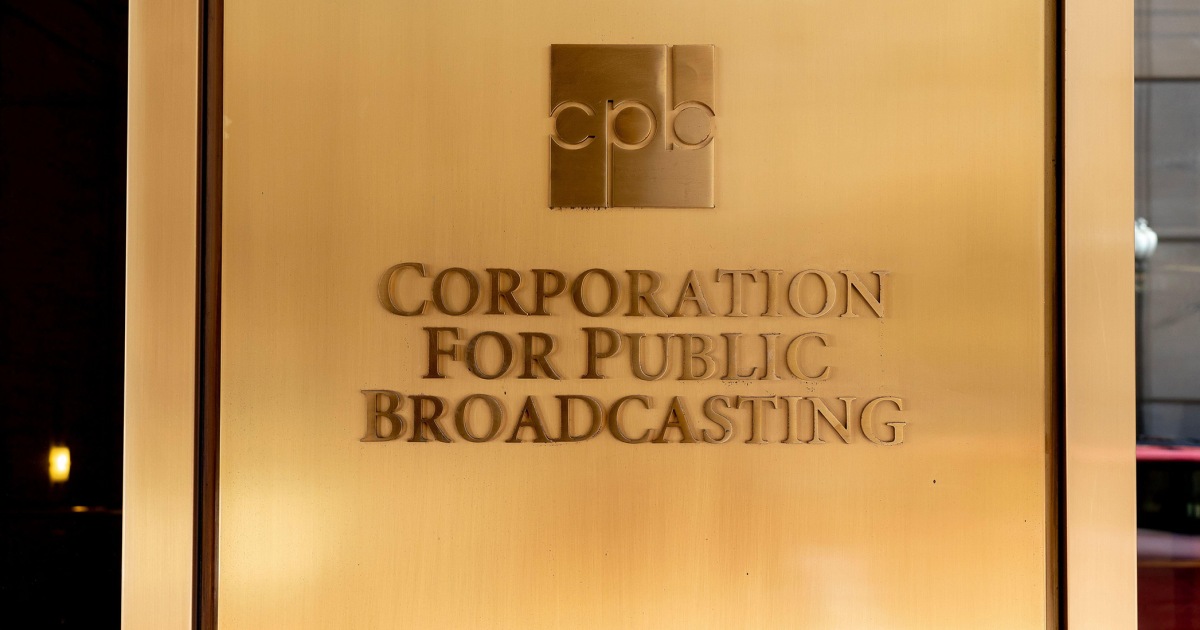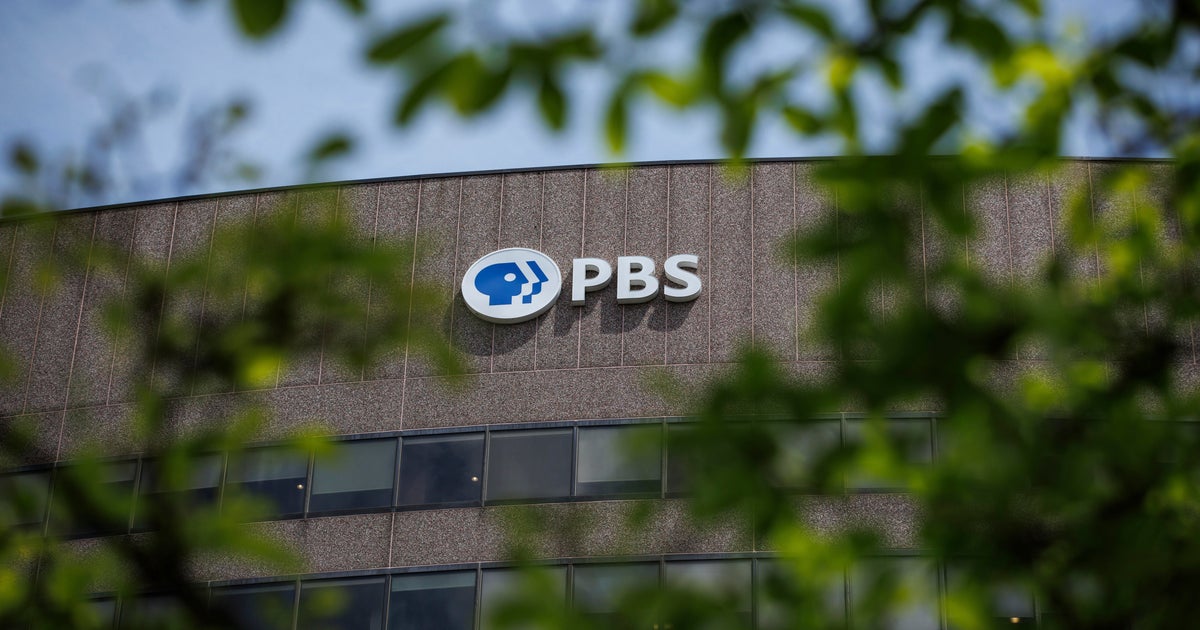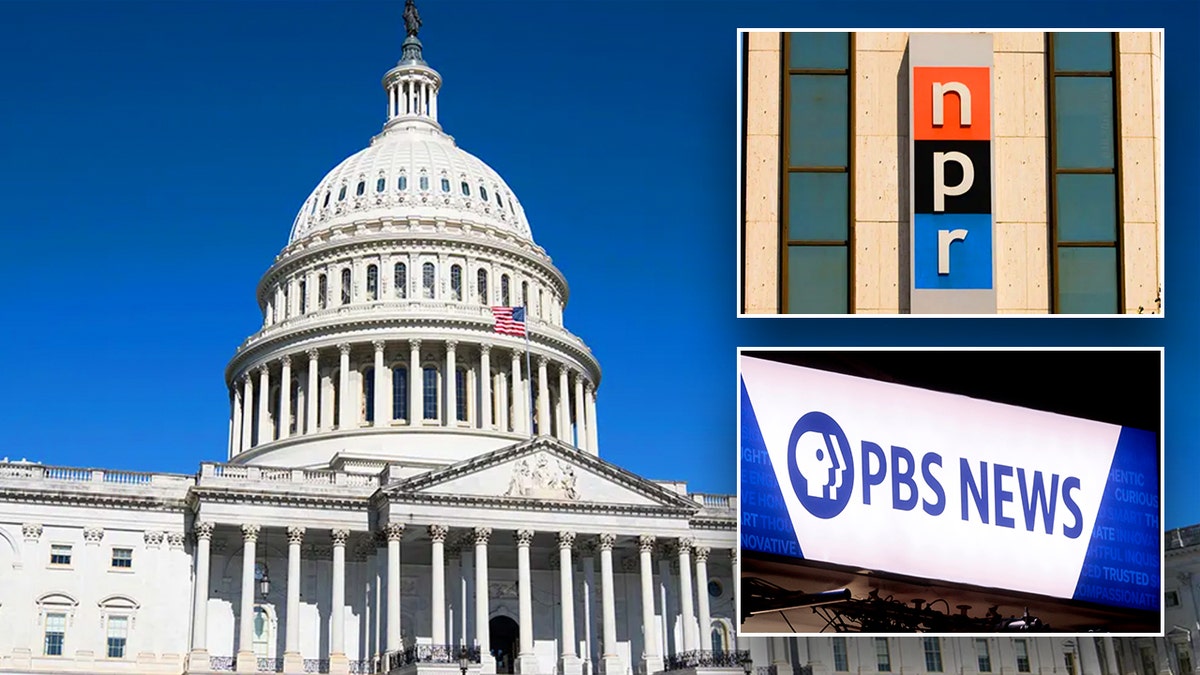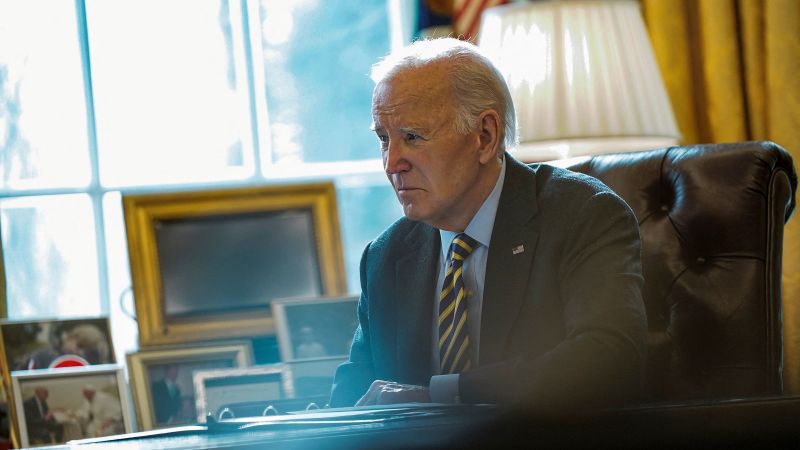Congress Cuts Funding, Public Media in Crisis

Introduction
The Corporation for Public Broadcasting (CPB) has announced it will begin shutting down, following Congress' decision to cut off previously approved funding. This move has sparked concerns over the future of public media access in the United States.
Key Details
The CPB is a private, non-profit corporation that receives federal funding to support public media outlets such as NPR and PBS. However, in recent years, the CPB has faced budget cuts and threats of elimination. The recent decision by Congress to cancel previously approved funding has now forced the CPB to take the drastic step of shutting down.
This move has not only raised concerns over the future of public media access, but also the impact it will have on local stations and communities that rely on these outlets for news and educational programming. In addition, the CPB also provides vital support for public radio and TV stations in rural and underserved areas.
Impact
The loss of the CPB will have a ripple effect on the media landscape in the United States. In addition to the loss of quality programming, it will also result in job losses and the closure of local stations. This decision also raises questions about the government's role in supporting public media and the importance of having diverse voices and perspectives in the media.
In a time when the media is facing increasing scrutiny and challenges, the loss of
About the Organizations Mentioned
Corporation_for_Public_Broadcasting
The **Corporation for Public Broadcasting (CPB)** is a U.S. non-profit corporation established by Congress through the Public Broadcasting Act of 1967, signed by President Lyndon B. Johnson. Its mission was to promote and support non-commercial, high-quality educational and cultural broadcasting and telecommunications services nationwide[1][3]. CPB functioned primarily as a steward of federal funding, distributing over 70% of its resources to more than 1,500 locally owned public radio and television stations, including key networks like PBS and NPR, which it helped found[1][3][4]. CPB does not produce programming nor own or operate stations; instead, it supports content development and infrastructure critical to delivering public media. It focused on serving underserved audiences, such as children and minorities, by funding diverse programs and investing in digital platforms. CPB also ensured public media's role in emergency alerts and community engagement across rural and urban America[3]. Historically, CPB was created to address the growing public demand for educational broadcasting and to maintain the independence and neutrality of public media. It initially worked with National Educational Television before founding PBS in 1969 to avoid political controversies. In 1970, CPB established NPR as the first public radio network producing and distributing programming nationally[1][2][4]. Despite early political opposition, notably from President Nixon, CPB secured continued federal support, aided by advocates like Fred Rogers[2]. By fiscal year 2025, CPB supported 386 radio grantees (1,216 stations) and 158 television grantees (365 stations), with nearly all Americans having access to public media. However, following a 2025 U.S. law halting all funding, CPB began shutting down, marking a significant shift in the public broadcasting landscape[1][3]. Notable aspects include CPB’s unique role as a federally funded but independent entity that catalyzed the creation of PBS and NPR, maintained editoria
NPR
National Public Radio (NPR) is a premier American public broadcasting organization headquartered in Washington, D.C., with NPR West based in Culver City, California. It functions primarily as a national syndicator, distributing content to a network of over 1,000 public radio stations across the United States, most of which are owned by non-profit entities such as public school districts, colleges, and universities[1]. Founded in 1970, NPR operates independently of government or corporate control, relying financially on dues and fees from member stations, corporate underwriting, and grants from the publicly funded Corporation for Public Broadcasting. This financial model helps maintain its editorial independence and diverse programming[1]. NPR is best known for its flagship news programs, *Morning Edition* and *All Things Considered*, which are among the most popular drive-time radio shows nationally, attracting weekly audiences of approximately 15 million each. These programs exemplify NPR’s strong reputation for in-depth, factual, and engaging news coverage, appealing to listeners interested in business, technology, and broader cultural topics[1]. Beyond radio, NPR manages the Public Radio Satellite System, which distributes not only its own programming but also content from independent producers and networks like American Public Media and Public Radio Exchange (PRX). It also serves as a primary entry point for the Emergency Alert System. NPR content is widely accessible on demand via online streaming, mobile apps, and podcasts, reflecting its strategic adaptation to digital media trends and the growing podcast market[1][2]. Notable aspects of NPR include its commitment to innovation in public media and its collaboration with leading organizations to navigate challenges such as historic federal funding cuts. NPR’s role in shaping public discourse through trusted journalism and storytelling makes it a vital institution in the U.S. media landscape, especially for audiences focused on business and technology news[1][2].
PBS
## Overview The Public Broadcasting Service (PBS) is a non-profit public television network in the United States, renowned for its educational, cultural, and news programming. PBS operates as a consortium of member stations, providing high-quality content free from commercial interruptions, with a mission to inform, educate, and inspire the American public[2][5]. ## History PBS was established on November 3, 1969, by a group of broadcasters and educators, including Hartford N. Gunn Jr., John Macy, James Day, and Kenneth A. Christiansen, following recommendations from the Carnegie Commission on Public Television[2][1]. It officially launched operations on October 5, 1970, succeeding the National Educational Television (NET) network[1][2]. The creation of PBS was a response to the growing demand for a federally supported public television system that could coordinate funding and distribute programming nationally[1][2]. ## What PBS Does PBS’s primary function is to distribute programming to its member stations across the country. Its content spans children’s education (e.g., *Sesame Street*, *Mister Rogers’ Neighborhood*), drama (*Masterpiece Theatre*), science (*NOVA*), news and public affairs (*PBS NewsHour*), documentaries (including those by Ken Burns), and cultural programs (*Live from Lincoln Center*)[1][3][5]. PBS is also known for its commitment to diversity, inclusion, and addressing social issues through its programming[1]. ## Key Achievements PBS has been instrumental in transforming American television by pioneering educational and cultural programming. Its children’s shows, such as *Sesame Street*, have won numerous awards and are credited with advancing early childhood education[1][3]. The network’s coverage of major national events, like the Watergate hearings, demonstrated its capacity for in-depth, public service journalism[2]. PBS has also introduced American audiences to acclaimed international content, including















